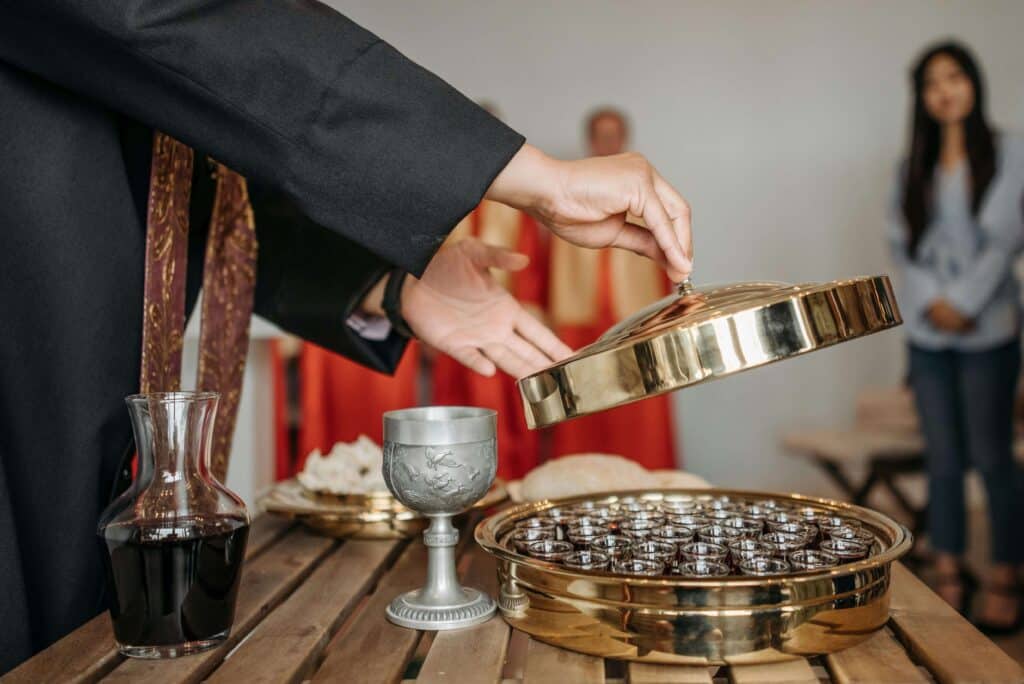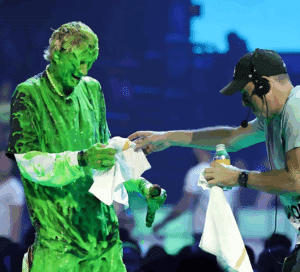Take and Eat: Living Eucharistically by Monsignor Joseph DeGrecco is a fantastic 2010 book. Take and Eat: Living Eucharistically is a fantastic book about the Eucharist; it teaches all about it. Take and Eat: Living Eucharistically is for Catholics, though those interested in this sacrament will be interested. Take and Eat: Living Eucharistically is short, at 109 pages, and readable. Take and Eat: Living Eucharistically can be used for private meditation or as a source for group discussion. Which way will you use it?
Summary Of Take and Eat: Living Eucharistically

Take and Eat: Living Eucharistically, the spiritual meditations by Msgr. Joseph DeGrocco is geared to he person in the pew, and will help Catholics both participate more fully in the Holy Sacrifice of the Mass, but also to gain a deeper appreciation of how an Eucharistic spirituality can be integrated into their everyday life. Take and Eat: Living Eucharistically presents a complete understanding of this sacrament. It has chapters on taking, blessing, breaking, and giving the Eucharist. It also has an introduction and conclusion.
Take and Eat: Living Eucharistically is a useful guide for Catholics. They will get a lot more out of the sacrament for having read this book. Degrecco was ordained a priest in 1988 and is currently the Pastor of Our Lady of Perpetual Help in Lindenhurst, New York. When he wrote Take and Eat: Living Eucharistically, he was a Professor of Liturgy and Director of Liturgical Formation at the Seminary of the Immaculate Conception, in Huntington, New York.
The Sacrament of the Eucharist
The Eucharist, also called Holy Communion, the Blessed Sacrament or the Lord’s Supper, is a Christian rite, considered a sacrament in most churches and an ordinance in others. The Eucharist means ‘thanksgiving’ in Greek. Catholics believe that the rite was instituted by Jesus at the Last Supper, the night before his crucifixion, giving his disciples bread and wine. Passages in the New Testament state that he commanded them to “do this in memory of me” while referring to the bread as “my body” and the cup of wine as “the blood of my covenant, which is poured out for many.”
The elements of the Eucharist, bread and wine, are consecrated on an altar or a communion table and consumed thereafter. The consecrated elements are the end product of the Eucharistic Prayer, which recreates the Last Supper. Catholics generally recognize a special presence of Christ in this rite, though they differ about exactly how, where, and when Christ is present.
The Catholic Church states that the Eucharist is the body, blood, soul, and divinity of Christ under the species of bread and wine. The Church maintains that by the consecration, the substances of the bread and wine become the substances of the body and blood of Jesus Christ, through the miracle of transubstantiation. Even though the form and appearance of the bread and wine remain unaltered.
There are many different interpretations of the Eucharist among the various Christian faiths. The Eastern Orthodox and Oriental Orthodox churches agree that an objective change occurs in the bread and wine into the body and blood of Christ. Lutherans believe the true body and blood of Christ are present “in, with, and under” the forms of the bread and wine, known as the sacramental union. Reformed Christians believe in a real spiritual presence of Christ in the Eucharist.
Anglican eucharistic theologies universally affirm the real presence of Christ in the Eucharist, though Evangelical Anglicans believe that this is a spiritual presence, while Anglo-Catholics hold to a corporeal presence. Others, such as the Plymouth Brethren, hold the Lord’s Supper to be purely a memorial. As a result of these different understandings, “the Eucharist has been a central issue in the discussions and deliberations of the ecumenical movement.”
Conculsion
The spiritual meditations by Msgr. Joseph DeGrocco in Take and Eat: Living Eucharistically is for the person in the pew.” Thus, it is most likely to appeal to Catholics. The book will help Catholics not only to participate more fully in the Mass. Also, the book will help those who read it gain a deeper appreciation of how the Eucharistic spirituality can become a part of life.








